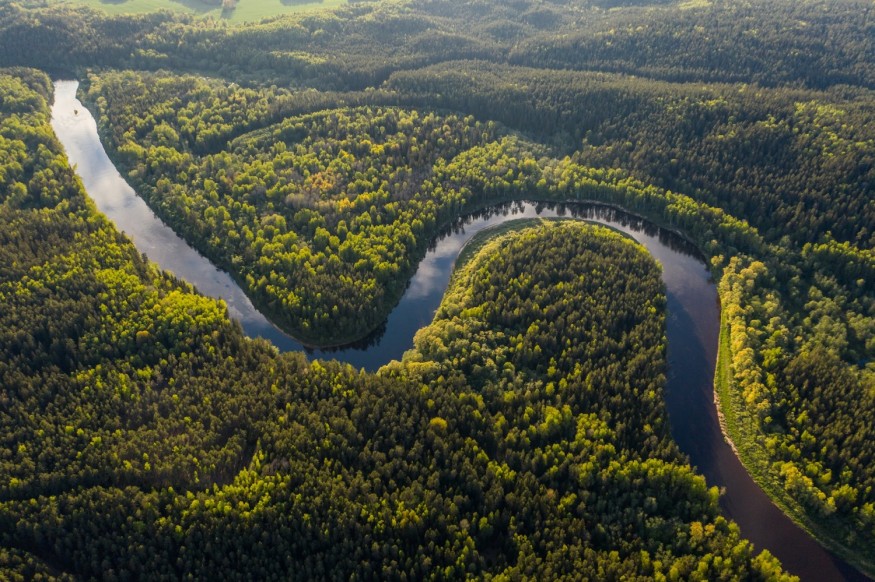The Amazon rainforest is known for its rich biodiversity and large areas of tropical rainforests that serve as habitats for different plants and animals. Located in South America, the Amazon jungle or Amazonia covers parts of Brazil, Colombia, Peru, and other countries across the region. However, rampant deforestation through illegal logging, in addition to global warming, has threatened the Amazon River and rainforest, one of the seven natural wonders of the world.
Not only the destruction of the Amazon is an ecological and environmental issue but it is also a potentially global health problem. According to a study, the Amazon serves as a ticking time bomb for the emergence of diseases, which can be the world's next pandemic in the short- or long-term future. Earlier this year, scientists have also expressed concern that the South American rainforest could also host a looming deadly pathogen.
World's Next Pandemic

The Amazon rainforest could be the ground zero or source of the world's next pandemic, according to a scientific paper by the organization . The study entitled "Could a future pandemic come from the Amazon?" was published in 2021. It revealed that our planet's next pandemic may likely originate from the said South American rainforest due to multi-faceted factors.
First, the Amazon jungle has characteristics that make it a potential source of pandemic-capable diseases like high wildlife diversity that includes birds, bats, and rodents. According to researchers, tropical forests have conducive environments for different organisms and creatures, making these habitats the richest source of "pandemic-causing viruses."
Second, the study explains that Amazonia can be a hotspot for future pandemics since deforestation and fragmentation brings humans and wild animals closer with each other. Third, the Amazon also contains high diversity of mammals, which have been described before as source wildlife reservoirs for multiple deadly emerging infectious viruses.
Amazon Deforestation and Climate Change
The Amazon rainforest, as mentioned earlier, is experiencing a combination of anthropogenic and natural factors that contribute to the world's next pandemic narrative. In the Conservation International report, researchers also cited fast-developing infrastructure in Brazil, including the growing Amazonian cities of Manaus and Belem, which are directly connected with population centers such as Sao Paulo and Rio de Janeiro.
According to statistical data from the Global Forest Watch, approximately 6 million deforestation alerts were reported in Brazil between October 26 and November 2 this year. These alerts cover a total area of 73.5 kha. In the context of Amazon deforestation, Brazil in 2010 had 492 mha of natural forest. However, the country lost 3.23 mha of its forests.
On the other hand, climate change and drought conditions could leave bodies of water in the Amazon to be dry, leaving the health of the local population in a disintegrated state and more vulnerable to diseases. Furthermore, the impact of global warming could also alter the food chain and movement of local wildlife, increasing the risk of transmission of infectious diseases.
© 2025 NatureWorldNews.com All rights reserved. Do not reproduce without permission.





